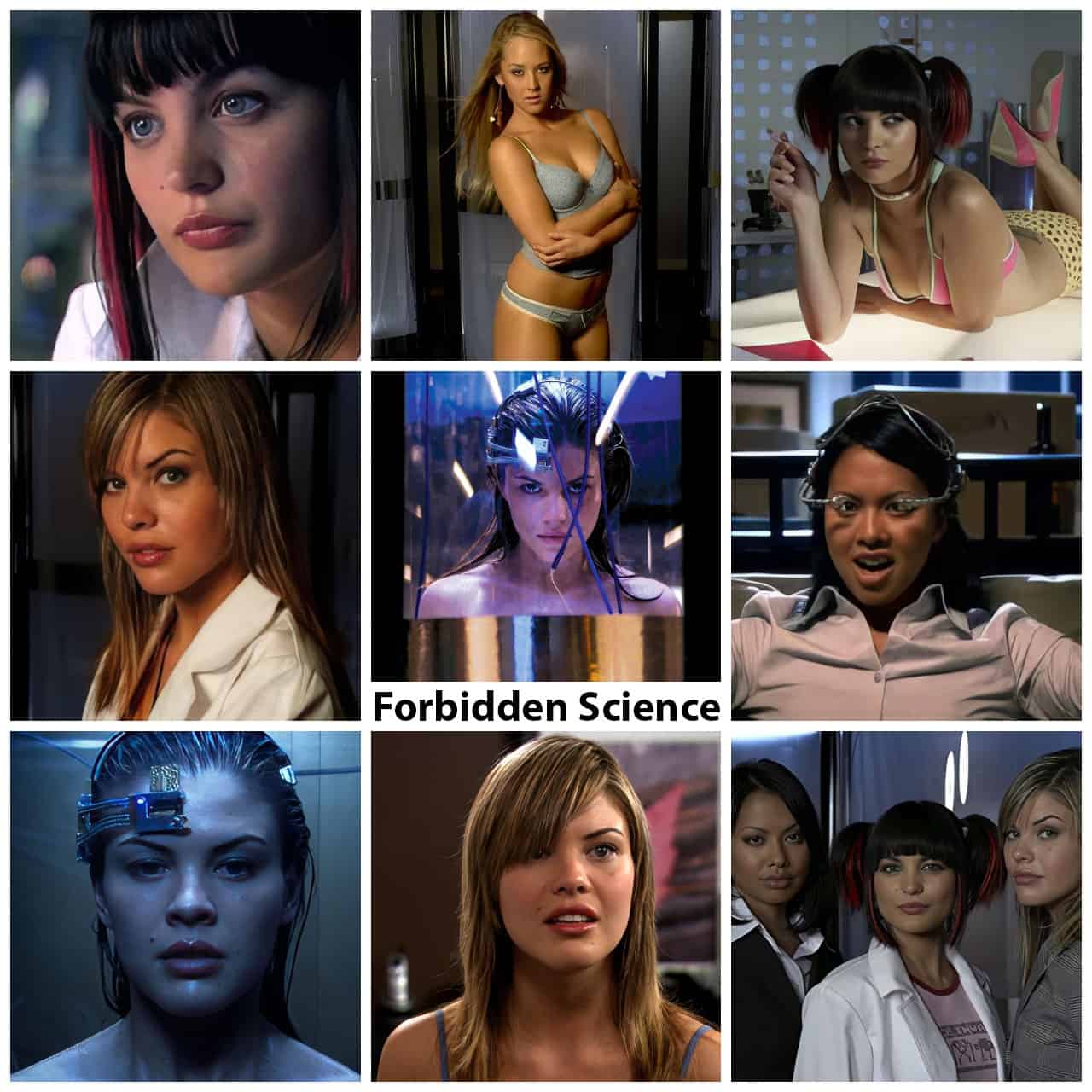Curious minds often wonder about the edges of scientific discovery. Did you know there’s a whole field called “Forbidden Science“? This article will guide you through its mysterious corridors, shedding light on why some topics stay in the shadows.
Get ready to explore!
Key Takeaways
Forbidden science explores topics like human cloning and advanced virtual reality, pushing the limits of conventional thinking.
It causes debates over ethics and the potential risks versus benefits of pursuing knowledge in controversial areas.
Characters from the TV series “Forbidden Science” dive into these taboo subjects, highlighting moral dilemmas and futuristic technology.
Discoveries in forbidden science challenge our understanding of reality, investigating concepts like fourth-dimensional space and quantum mechanics.
The public has mixed feelings about this bold exploration, but it continues to inspire dialogue on what’s possible in science and technology.
Table of Contents
Examination of Forbidden Science
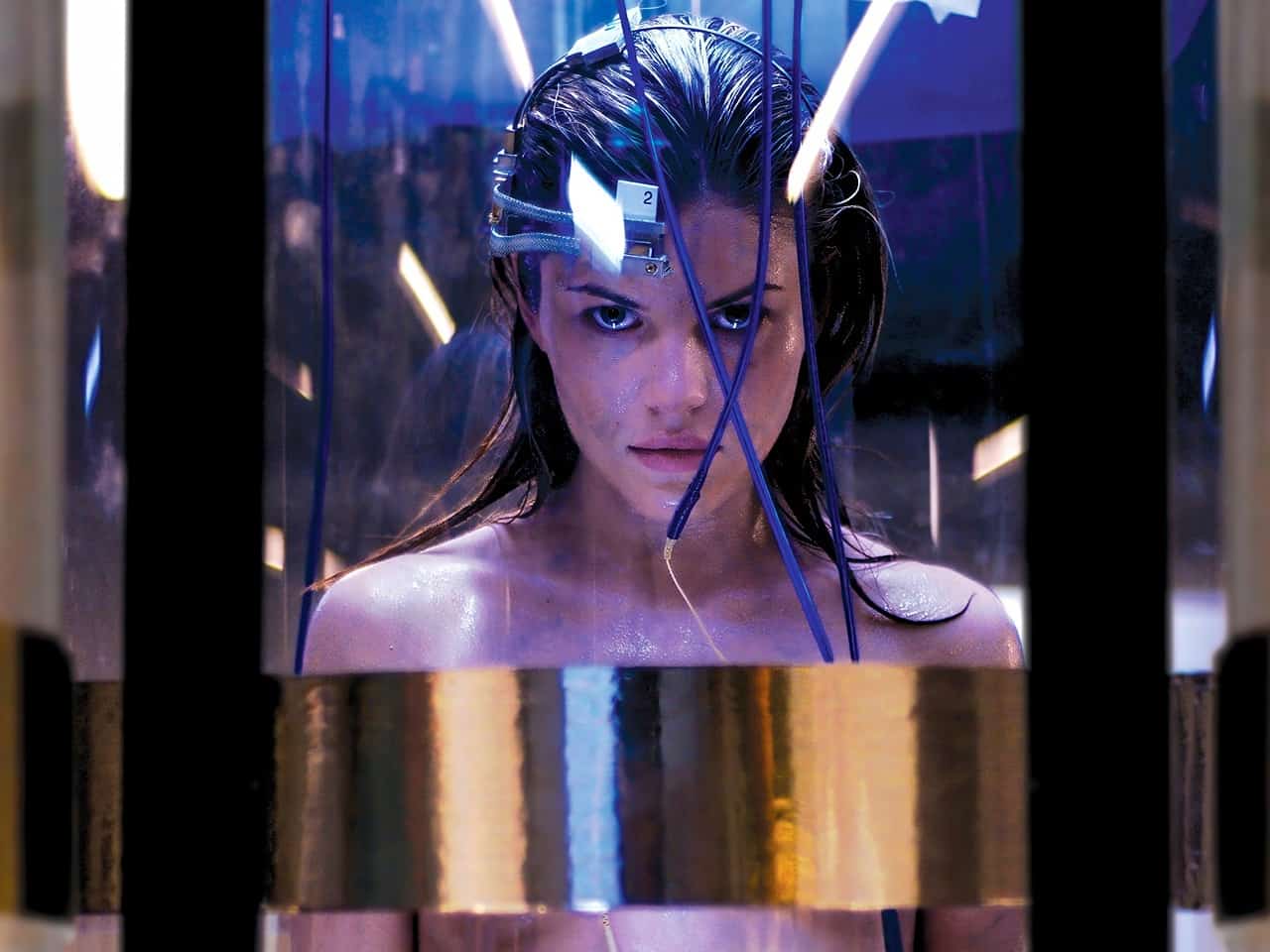
Delving into forbidden science is like unlocking a door to a secret room. It’s where ideas that push past our normal limits live, covering topics from human cloning to the mysteries of dark matter and beyond.
Defining Forbidden Science
Forbidden science steps into the unknown, breaking rules and crossing lines we often don’t. It delves into areas like human cloning and advanced virtual reality technology. These are topics that might sound like they’re straight out of a sci-fi movie, but are very much part of our world’s exploratory ambitions.
Imagine trying to bring back your loved one as a clone or downloading someone’s memories onto a disk. It sounds thrilling yet terrifying at the same time.
This kind of exploration shakes up conventional thinking and tests the boundaries of what we consider ethical or possible. Shows like “Forbidden Science” give us a peek into these wild possibilities with tales of memory transplants and androids living among humans.
Think about it – robots walking down your street! This is where theoretical knowledge from minds like Einstein meets the untamed curiosity driving scientists toward forbidden frontiers – blending quantum theory, consciousness, and even dark matter in ways traditional science may shy away from.
The Controversy Surrounding Forbidden Science

Moving from what defines forbidden science, we now step into the territory of its controversy. This field sparks heated debates among scientists, ethicists, and the public. People argue about the ethics of projects like human cloning and advanced surveillance technologies.
Is it right to push boundaries in pursuit of knowledge? Some say yes, aiming for breakthroughs that could change our world. Others fear the Pandora’s box we might open, leading to unintended consequences.
The TV series “Forbidden Science” shines a light on these dilemmas through drama and fantasy. It shows a future where humans use new tech for their desires but face moral questions.
Cloning and spying gadgets are just the tip of the iceberg in this show’s near-future setting. Critics and fans got together over this series, sparking conversations on what should be off-limits in research labs around our planet.
These discussions mirror real-life arguments about pushing scientific limits versus protecting ethical standards.
Notable Figures and Characters in Forbidden Science

Forbidden Science takes us on a wild ride through a world where science breaks all the rules. The show introduces us to characters who dare to explore what lies beyond our current understanding.
- Vanessa Broze plays a key role in pushing the boundaries of forbidden science. As part of 4Ever Innovations, she dives into human cloning and advanced tech mysteries.
- Levi Freeman brings an element of suspense with his expertise in industrial spying. His actions reveal how far people will go for scientific discovery.
- Joanne Alderson is another risk-taker in the series. Her work explores themes that many consider too dangerous or ethically questionable.
- Noelle DuBois stands out as a character deeply involved in examining what makes us human and how technology can enhance or destroy that.
- Austin Ball‘s character shows us the tension between ambition and morality, often found at the core of forbidden science explorations.
- Mary LeGault portrays someone caught in the web of innovation and ethics, trying to find her way.
These characters lead us through thrilling stories about cloning, espionage, and tech innovations that challenge our perceptions of right and wrong.
Key Discoveries and Theories in Forbidden Science
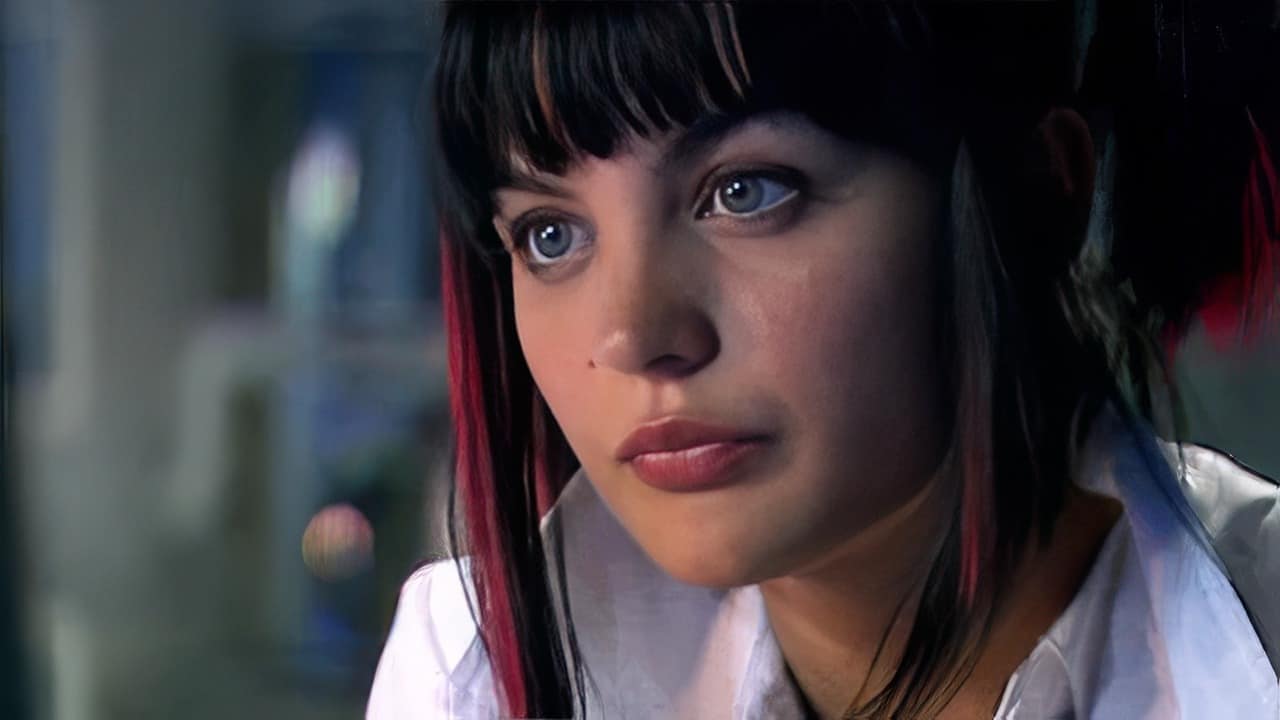
Moving from the intriguing personalities behind forbidden science, let’s explore some groundbreaking discoveries and theories that have stirred the pot. One captivating theory revolves around the concept of a fourth dimension beyond our three-dimensional world.
Imagine space where time bends and shapes in ways we can hardly grasp. This idea is not just science fiction; it challenges how we understand everything, from the universe’s expansion to the inner workings of black holes.
If you think you understand quantum mechanics, you don’t understand quantum mechanics. – Richard Feynman
In this shadowy realm of scientific exploration, researchers dabble with ideas that sound straight out of a sci-fi novel: teleportation, time travel, and communication with parallel universes.
They investigate, using advanced mathematics to uncover truths about phenomena like hyper-cubes—a concept stretching far beyond Einstein’s relativity and into realms where conventional physics dares not tread.
These explorations push against our most basic understanding of reality itself, opening doors to possibilities once thought impossible or taboo within mainstream science circles.
The Impact of Forbidden Science on Conventional Research

After exploring the intriguing world of forbidden science, we see its footprint in conventional research. This type of investigation pushes boundaries and makes scientists question what they know about theories like the big bang or general relativity.
It shakes up old ideas and injects new life into fields that felt stuck. For example, studying taboo subjects might lead researchers to look at cosmic phenomena or the particles within an atom‘s center in fresh ways.
This merging of mainstream and unconventional science also sparks debates among cosmologists and physicists over what should be accepted as true evidence. It drives innovation but also raises ethical questions.
When scientists from these two worlds collaborate, they can explore mysteries like electromagnetic energy or atomic fusion with a broader toolkit. They challenge each other to think differently, leading to breakthroughs that were once thought impossible.
Public Perception and Critic Reviews of Forbidden Science
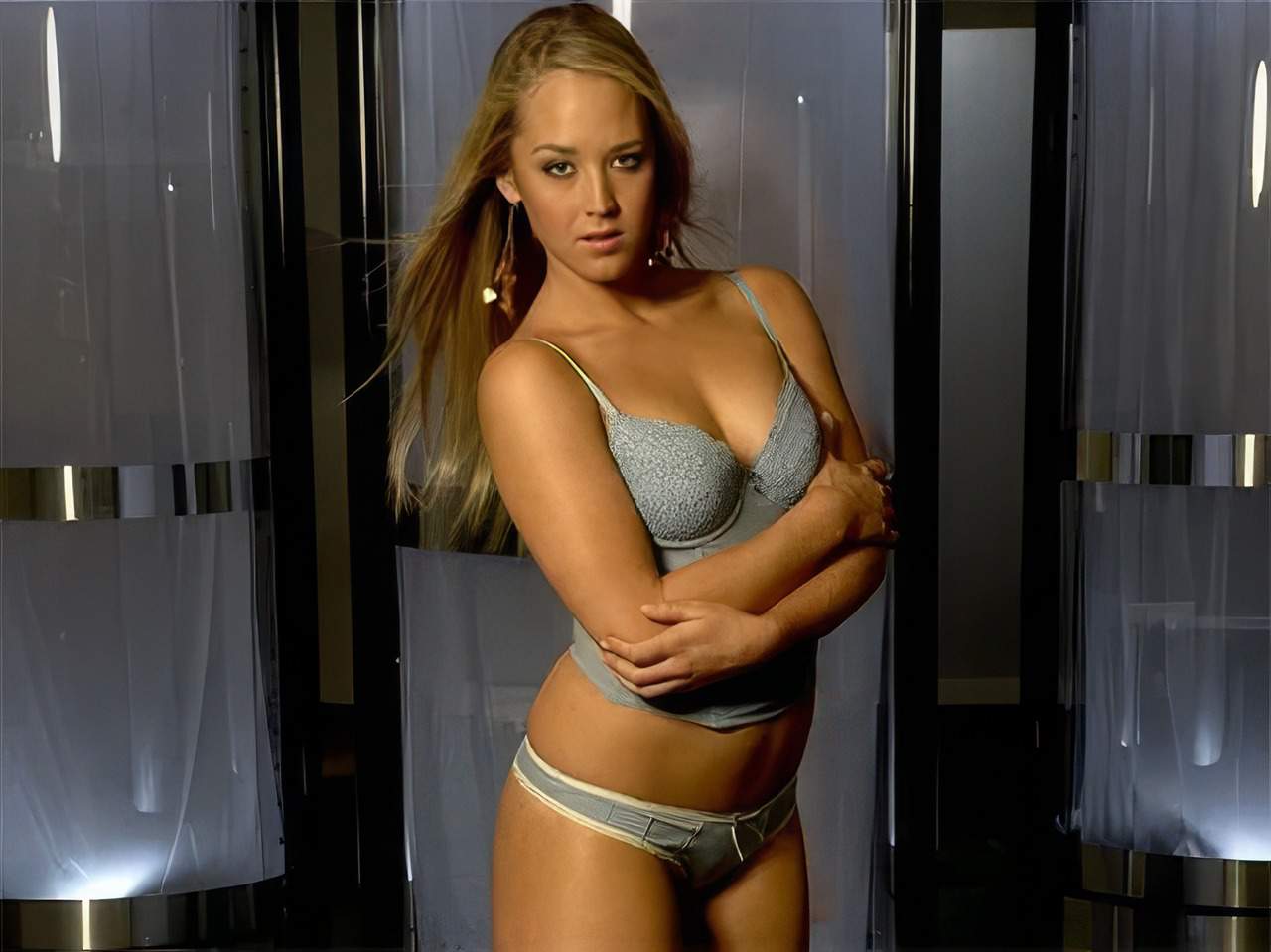
People had mixed feelings about “Forbidden Science.” Some loved its bold mix of film noir and steamy thriller vibes. They got hooked on the stories of human cloning, secret spy work, and high-tech ways to meet desires.
Others didn’t get it. They found the blend of science fiction with adult themes a bit too much or out of place.
Critics were also split down the middle. A few praised it for daring to explore what most shows wouldn’t touch with a ten-foot pole – taboo scientific quests and moral dilemmas packed into 23 minutes of screen time per episode.
Yet, some slammed it for not diving deep enough into these complex issues or for lacking in substance beyond its shock value. This show lived on Cinemax for a brief period from January to March 2009 but left an impression that still sparks debates among those who dare to peer over the edge of conventional sci-fi television.
Future Implications and Predictions in the Field of Forbidden Science
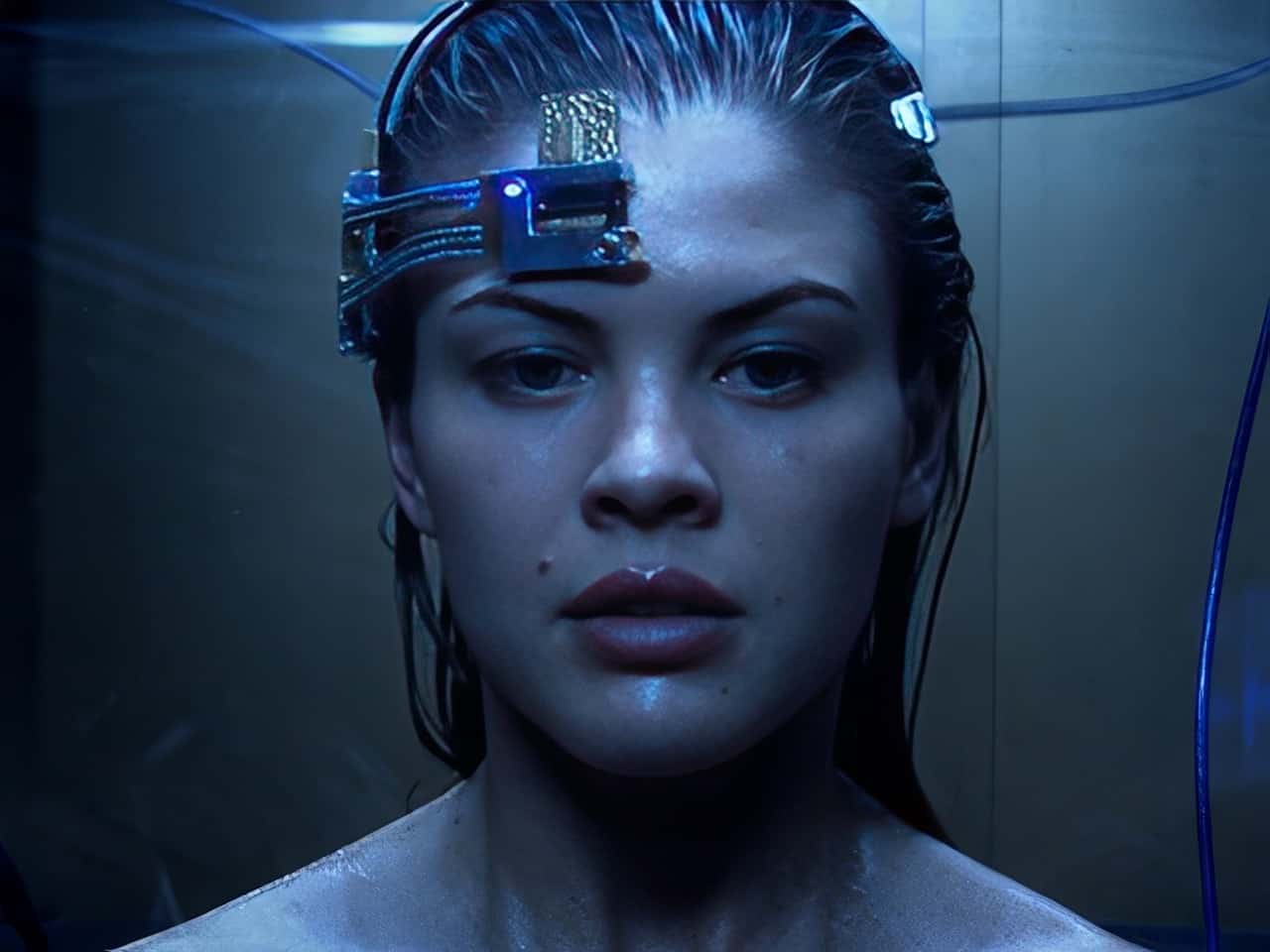
Exploring forbidden science feels like peeking into Pandora’s box, but it sure gets the brain wheels turning. Imagine a world where cloning brings back loved ones and memory transplants are as common as downloading an app.
This is not just fantasy talk; shows like “Forbidden Science” hint at what might be around the corner. Think about it: swapping memories could become a new way to learn or escape reality.
And if androids start walking among us, telling humans from machines could become the new normal.
As we skate on the thin ice of forbidden experiments, ethical questions pop up like mushrooms after rain. What does tweaking genes to avoid diseases do to human evolution? Could advanced VR technology blur the lines between what’s real, and what’s not, until we can’t tell them apart? These aren’t easy questions, but they’re thrilling challenges for curious minds.
Forbidden science doesn’t just push boundaries; it redraws them entirely, inviting us into uncharted territories of knowledge and existence that were mere science fiction yesterday but could be our reality tomorrow.
FAQs About Forbidden Science
What’s the big deal with forbidden science?
Forbidden science is like the hidden menu of the science world. It dives into stuff some folks think we shouldn’t mess with, from UFOs to homeopathy and even wild ideas about time travel. Imagine cooking up a storm in a lab where the recipes are secret!
Can you really study UFOs scientifically?
You bet! Studying UFOs isn’t just for sci-fi fans. Scientists like Dr. J. Allen Hynek have turned their telescopes and notepads towards the stars, trying to crack the code on these unidentified aerial phenomena. It’s like being a cosmic detective.
What’s so taboo about exploring light speed or nuclear fusion?
Well, when you talk about breaking past the speed limit set by light or smashing atoms together for power, it makes people nervous! It’s like saying you want to race cheetahs on foot or bake cookies that never cool down – exciting but a bit out there.
Why do some scientists look at things like homeopathy or remote viewing?
Curiosity didn’t just bother the cat; it got scientists wondering too! Even if something seems as odd as wearing socks with sandals, there’s always a question worth asking: “What if?” That’s why they peek into every nook and cranny of knowledge.
Is there any place off-limits for this kind of research?
Places like Mauna Kea and Mauna Loa aren’t just beautiful spots in Hawaii; they’re also hotbeds for stargazing and pondering over questions about our universe that might seem off-limits elsewhere – sort of like having VIP access to nature’s secrets.
How does all this “forbidden” exploration help us?
Diving into these mysteries can sometimes feel like trying to read underwater without goggles – blurry and confusing! But every once in a while, we find clues that help us understand everything from how galaxies form to what makes up an atom’s nucleus better than ever before.
